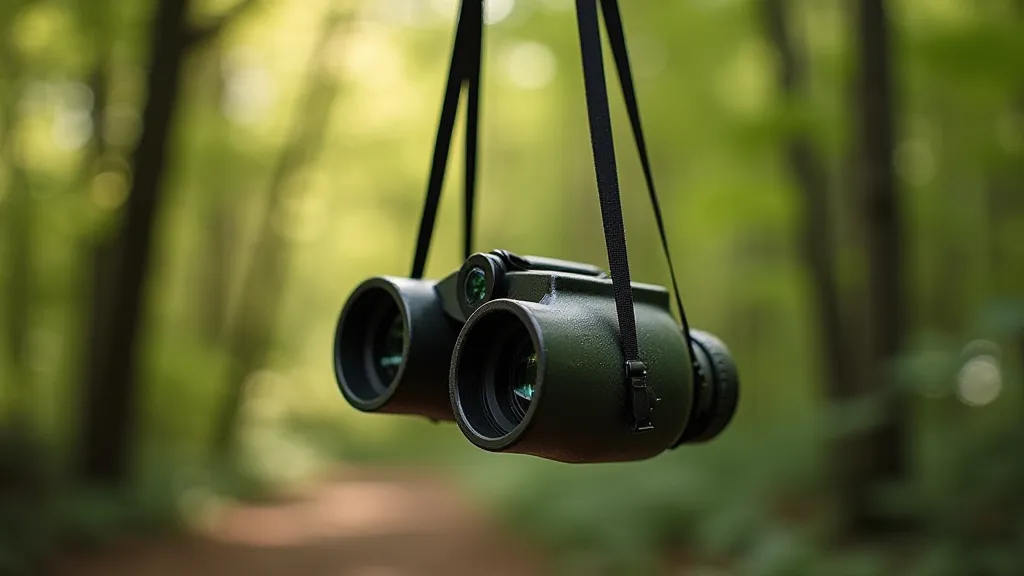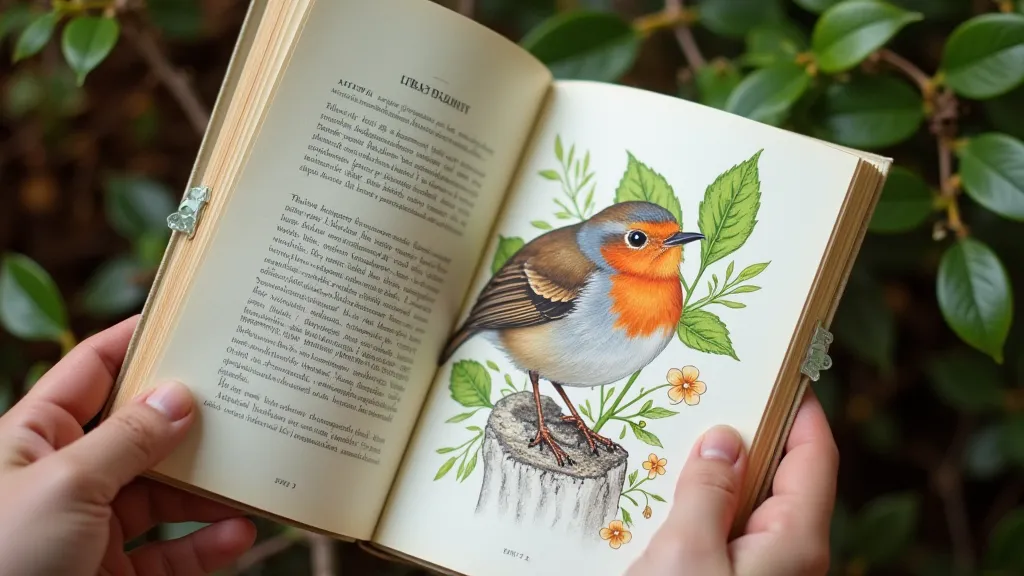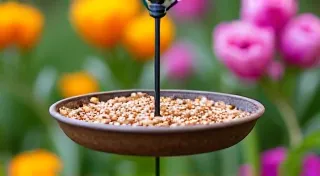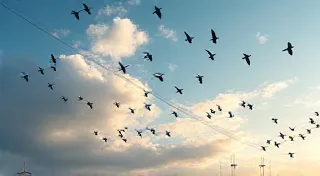Essential Birding Gear for Beginners: What You Really Need
Starting out in bird watching? It's a wonderfully rewarding hobby, but the sheer amount of available gear can be overwhelming. This guide cuts through the noise and covers the essential birding equipment you truly need, helping you choose wisely without breaking the bank. We'll focus on function over frills, ensuring you have what’s needed to identify birds and enjoy the experience.
Binoculars: Your Window to the Bird World
Binoculars are arguably the most crucial piece of birding equipment. Without them, spotting those elusive warblers or distant hawks will be difficult, if not impossible.

Magnification & Objective Lens: You'll see numbers like "8x42" or "10x50." The first number (8 or 10) is the magnification; the second (42 or 50) refers to the diameter of the objective lens (the front lens) in millimeters. For beginners, 8x42 is often recommended – it offers a good balance of magnification, brightness, and stability. Higher magnification (10x or more) can be harder to hold steady. A larger objective lens gathers more light, making the image brighter, especially in low-light conditions.
Price Range: Entry-level binoculars can be found for $50-$150. Don’t feel pressured to spend a fortune initially. Good quality, basic binoculars are perfectly adequate.
Field Guides: Knowing What You See
A field guide is your bird identification bible. These guides provide detailed descriptions, illustrations, and range maps to help you identify the birds you encounter.

Regional Specificity: Choose a guide that covers your specific geographic region. A guide for the Pacific Northwest won't be much help in the Southeast.
Illustration vs. Photography: Some guides use illustrations, others use photographs. Both have their advantages. Illustrations often highlight key identification features, while photographs show what the bird looks like in its natural habitat.
Digital Options: There are many excellent bird identification apps available for smartphones and tablets. These can be convenient, but nothing beats the feel of a physical field guide in your hands.
Clothing: Staying Comfortable and Camouflaged
What you wear can make a big difference in your birding experience. Consider these factors:
- Color: Avoid bright colors that can scare birds away. Opt for earth tones like greens, browns, and grays.
- Layers: Weather can change quickly. Dressing in layers allows you to adjust to changing temperatures.
- Footwear: Comfortable, waterproof hiking boots are essential for navigating uneven terrain.

Other Helpful Items
- Notebook and Pen: Jot down notes about the birds you see – location, behavior, time of day.
- Backpack: To carry your gear.
- Hat: For sun protection.
- Water Bottle: Stay hydrated!
Final Thoughts
Birding doesn't require a huge investment. Start with the essentials – binoculars and a field guide – and gradually add other items as your passion grows. The most important thing is to get out there and enjoy the beauty of the birds around you!






